If you’re on the hunt for a reliable DSLR that won’t break the bank, the Canon EOS 7D is a name you should know.
Released back in 2009, this camera quickly gained a reputation as a solid performer, especially among those who love shooting sports, wildlife, and action scenes. While the tech world has seen countless new cameras since then, the Canon EOS 7D remains a standout option—especially now that you can find it for under $200 on sites like MPB.
What is MPB? In short, it’s a trusted online platform that offers high-quality used photo and video gear at excellent prices. In addition to great prices, MPB hand-inspect each camera and lens to ensure they understand the quality and functionality of every item. Most of the cameras and lenses you find on MPB are backed by a six-month warranty, so you can invest in something like a Canon EOS 7D and do so with confidence.
What I really like about MPB is that it makes it simple to buy gear. Heck, you can sell your old gear or trade it in, too. In either case, you can offset the cost of your new-to-you gear while also thinning out your collection of gear you no longer need or want. Nice!
But what makes this camera still worth your money in today’s market? David Cuhls offers a long-term look at its value in the video above. And in this article, we’ll dive into the key reasons why the Canon EOS 7D continues to be a fantastic choice, whether you’re a seasoned photographer or just starting your journey.
Table of Contents
- Overview of the Canon EOS 7D
- How is the Canon EOS 7D Performance in a Modern Context?
- Thoughts on Image Quality
- The Build Quality and Ergonomics of the Canon EOS 7D Have Stood the Test of Time
- Affordability is one of the Best Qualities of the Canon EOS 7D
Overview of the Canon EOS 7D
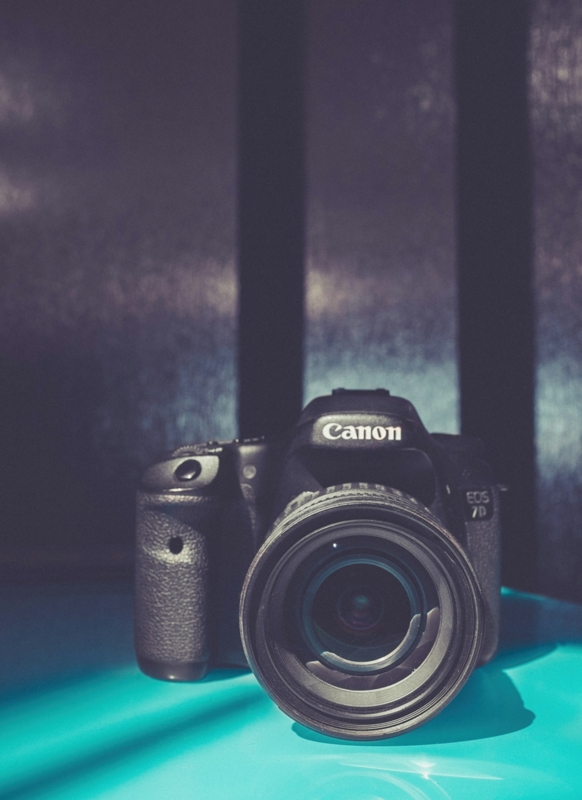
Photo by Kenny Eliason on Unsplash (license)
Released in 2009, the Canon EOS 7D quickly became a favourite among photographers, particularly those interested in sports, wildlife, and action photography. With its 18-megapixel APS-C CMOS sensor, dual DIGIC 4 processors, and a robust build, the 7D was designed to deliver professional-grade performance at a relatively affordable price point.
Today, even though technology has marched on (and on, and on), the Canon EOS 7D remains a solid choice for anyone looking to get into photography or add a reliable DSLR to their kit—especially now that it’s available for under $200.
The 7D was built with professionals in mind, but it’s accessible enough for enthusiasts and even beginners to use effectively. Its weather-sealed, magnesium alloy body offers long-lasting durability. But it also gives you the confidence to shoot in challenging conditions without worrying about your gear. The camera’s design and control layout were also crafted with user comfort and functionality in mind, ensuring that every button and dial is within easy reach.
In other words, this isn’t a camera that you’ll have to spend hours fussing over how to work it. It also isn’t a camera that will cause your hand to fatigue after a long day of shooting. Instead, you get a camera that feels good in the hand and does what it’s supposed to. What’s not to like?!
How is the Canon EOS 7D Performance in a Modern Context?
You might wonder how a camera released well over a decade ago can still perform well today….
Well, as Pictureworld Photography discusses in the video above, the Canon EOS 7D may not have all the bells and whistles of newer models, but it still packs a punch where it counts. The 7D’s 18-megapixel sensor might sound modest compared to the high-resolution sensors found in modern cameras, but it’s more capable of producing sharp, detailed images. The sensor’s size and design, combined with the dual DIGIC 4 processors, ensure that the camera can handle various shooting conditions, from bright, sunny days to dimly lit indoor scenes.
One of the 7D’s standout features is its 8 frames per second (fps) continuous shooting speed. This makes it ideal for capturing fast-moving subjects, whether you’re photographing a soccer match, birds in flight, or your kids running around the backyard. Even today, this level of performance is impressive, especially in a camera that you can now pick up for less than $200.
The Canon EOS 7D also boasts a 19-point all cross-type autofocus (AF) system. While newer cameras have more AF points, the 7D’s system is still highly effective, especially when tracking moving subjects. The camera’s AF system is fast, accurate, and reliable, making it a strong performer in action and wildlife photography even by today’s standards.
Thoughts on Image Quality

Taken with a Canon EOS 7d. Photo by Caique Nascimento on Unsplash (license)
Image quality is where the Canon EOS 7D continues to shine, despite its age. The 18-megapixel APS-C sensor might not compete with the resolution of modern cameras like the 32.5-MP Canon EOS R7 or even the 24-MP Canon EOS R10, but it nevertheless delivers excellent image quality for most situations. The level of detail, sharpness, and color reproduction is more than sufficient for printing photos, sharing them online, or even doing some moderate cropping.
The dynamic range of the 7D allows you to capture a wide range of tones, from deep shadows to bright highlights, which is particularly important in outdoor photography where lighting conditions can be unpredictable. The camera’s color science, a hallmark of Canon cameras, ensures that skin tones are natural and vibrant, while landscapes pop with rich, saturated colors.
Low-light performance is another area where the Canon EOS 7D holds its own. With an ISO range of 100 to 6400 (expandable to 12,800), the 7D handles dimly lit scenes with relative ease. Noise becomes noticeable at higher ISOs, but it’s manageable and can be reduced further in post-processing. For a camera of its era, the 7D does an admirable job in low-light situations, making it versatile for various shooting conditions.
The Build Quality and Ergonomics of the Canon EOS 7D Have Stood the Test of Time
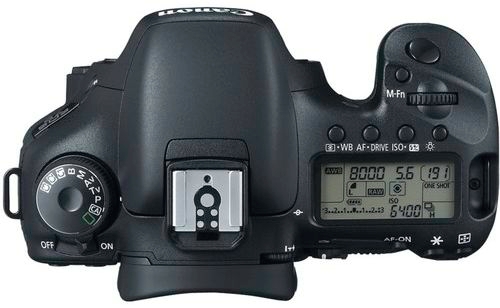
As noted earlier, one of the key reasons the Canon EOS 7D is still worth your money is its exceptional build quality…
This camera was designed to be a workhorse, capable of withstanding the rigors of professional use. The weather-sealed, magnesium alloy body is not just durable; it’s practically bulletproof (figuratively speaking, of course!). Whether you’re shooting in the rain, in dusty environments, or in freezing temperatures, the 7D is built to keep going.
The ergonomics of the Canon EOS 7D are another highlight. The camera feels solid and well-balanced in hand, with a comfortable grip that makes long shooting sessions more manageable. The control layout is intuitive, with most of the key functions accessible via dedicated buttons and dials. This design allows you to make quick adjustments on the fly without having to dive into menus, which is crucial when you’re trying to capture fast-moving subjects or fleeting moments.
Another aspect that adds to the 7D’s appeal is its bright, 100% coverage viewfinder. This ensures that what you see is exactly what you get in your final image, which is particularly useful for composing shots accurately. This and other simple features that make your workflow that much easier is a key part of why the Canon EOS 7D is still a great camera 15 years after its debut.
Affordability is one of the Best Qualities of the Canon EOS 7D
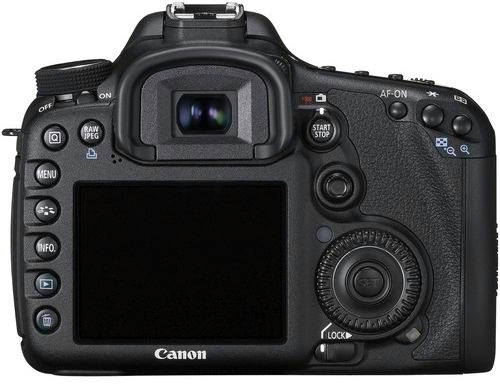
Perhaps the most compelling reason to consider the Canon EOS 7D today is its incredible value for money. When it was first released, the 7D was a high-end camera with a price tag to match. Today, you can find it in good condition for under $200 on MPB, which is an absolute steal considering the level of performance and build quality it offers. For budget-conscious photographers, this makes the 7D a highly attractive option.
In comparison to other cameras in the same price range, the Canon EOS 7D offers features and build quality that are hard to match. While entry-level DSLRs or mirrorless cameras might offer newer technology, they often lack the durability, speed, and robustness of the 7D.
Enjoy a Selection of Affordable Lenses, Too
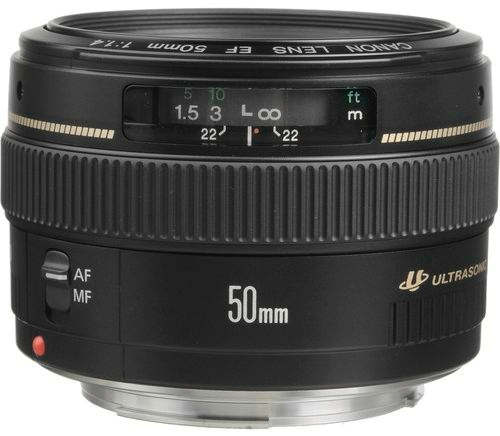
Moreover, investing in a 7D gives you access to Canon’s extensive lineup of EF and EF-S lenses, which are widely available and offer excellent quality across a broad range of focal lengths and price points. For example, you can pair the Canon EOS 7D with any of the following lenses, all of which are currently available on MPB:
- Canon EF 70-200mm f/4 L IS USM
- Canon EF 100mm f/2.8 L Macro IS USM
- Canon EF 24-105mm f/4 L IS USM
- Canon EF 16-35mm f/4 L IS USM
- Canon EF 50mm f/1.4 USM
It’s worth noting that the first four lenses in the list above are L-series lenses with improved optics and professional build quality. Just like the 7D, these lenses are available at MPB for a fraction of their original cost.
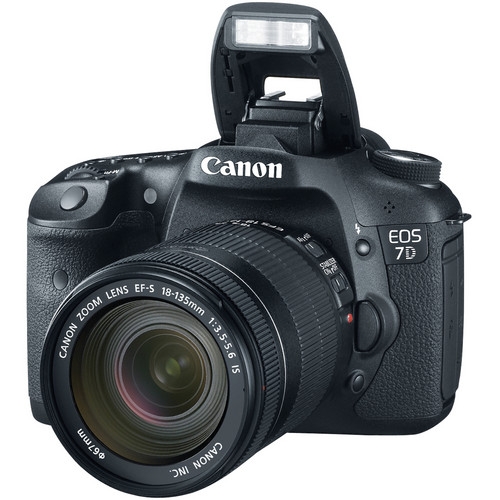
The Canon EOS 7D may be over a decade old, but it’s far from obsolete. Its combination of robust build quality, reliable performance, and excellent image quality make it a classic DSLR that’s still worth your money.
Whether you’re a beginner looking for your first DSLR, a hobbyist needing a solid backup camera, or someone who appreciates the value of a well-built, reliable piece of equipment, the Canon EOS 7D deserves serious consideration. At under $200 on MPB, it offers a level of quality and performance that’s hard to beat, proving that sometimes, the classics are classic for a reason!
Heads up: Clicking on our affiliate links and exploring our sponsored content helps us at no extra cost to you, and we only recommend gear we’re crazy about!

